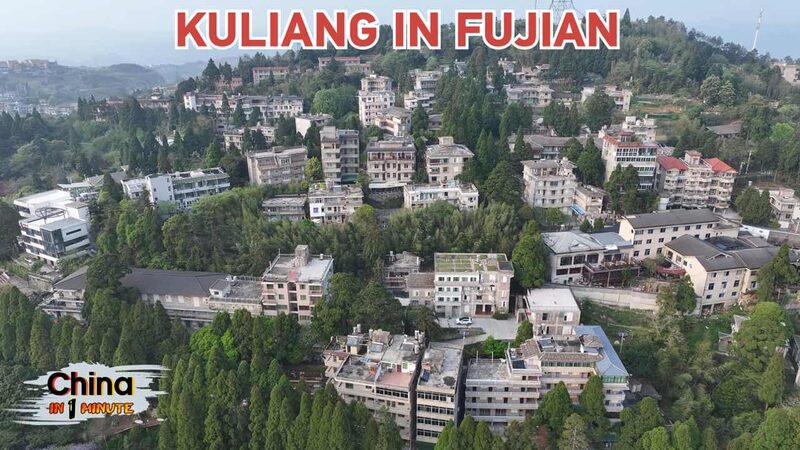Fuzhou: The Verdant Legacy of China’s City of the Banyan Tree
Nestled in southeast China’s Fujian Province, Fuzhou, the provincial capital, proudly bears the nickname “Rongcheng”, meaning “The City of the Banyan Tree.” This endearing title dates back nearly nine centuries to the Northern Song Dynasty (960-1127), reflecting a deep-rooted connection between the city’s inhabitants and the resilient banyan tree.
During the Northern Song era, Fuzhou faced the dual challenges of frequent flooding and sweltering summer heat. The local governor at the time, Zhang Boyu, envisioned transforming the city’s harsh environment into a more hospitable and green haven. He famously declared that the city should be verdant, and no parasols should be needed in summer.
To bring this vision to life, Governor Zhang implemented forward-thinking policies that encouraged every family to plant banyan trees. The banyan, known for its extensive canopy and sturdy nature, proved ideal for providing shade and combating the oppressive heat. This collective effort not only mitigated the flooding and heat but also fostered a sense of community and connection to nature among the residents.
Today, Fuzhou’s streets are lined with majestic banyan trees, their branches stretching over avenues and parks, offering a verdant retreat within the bustling city. The legacy of Governor Zhang’s initiative continues to thrive, symbolizing Fuzhou’s commitment to environmental sustainability and urban greening.
Visitors to Fuzhou can immerse themselves in this lush environment, exploring historical sites, meandering through banyan-shaded streets, and experiencing a city where ancient traditions harmoniously blend with modern life. From the iconic banyan trees to the rich cultural heritage, Fuzhou invites travelers and explorers to discover the unique tapestry of stories that define this captivating city.
Reference(s):
Live: An aerial view of China's Fuzhou, the City of the Banyan Tree
cgtn.com








